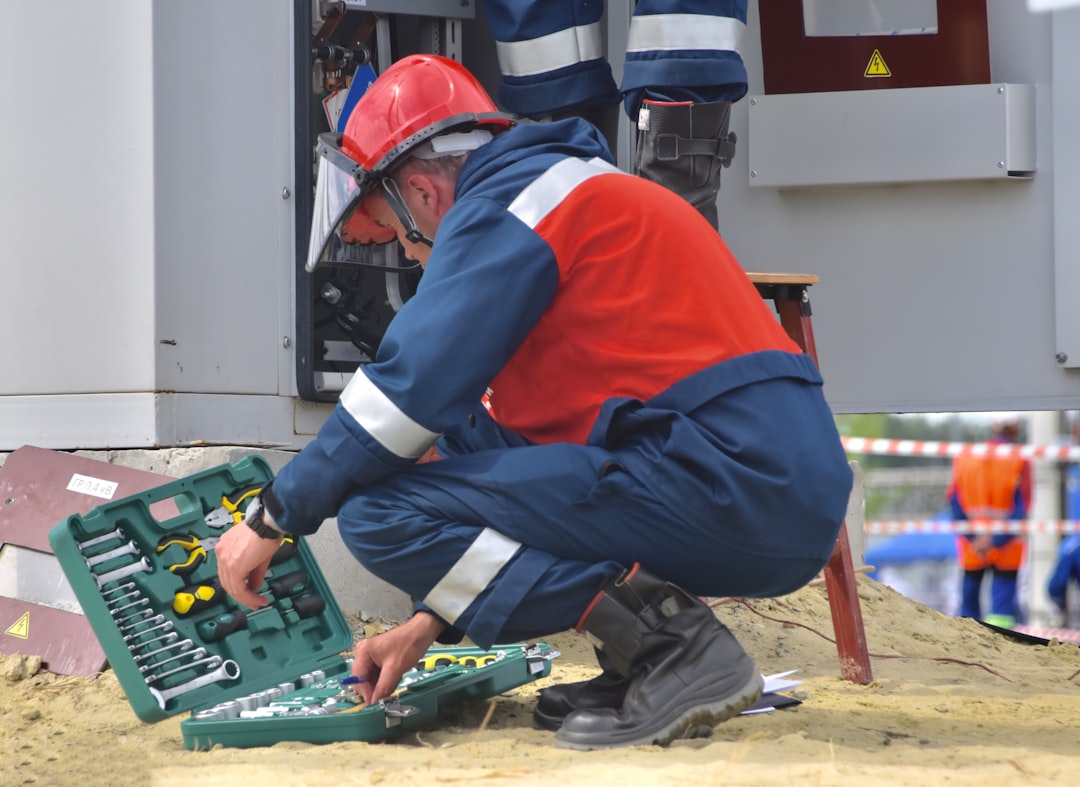
Metal fabrication is an important process in different industries, preparing for creating whatever from bridges to vehicles. This broad term encompasses numerous processes, techniques, and techniques that change raw steel into functional products or elements. With the raising need for customized remedies and advanced innovations, understanding the ins and outs of metal manufacture is necessary for both makers and consumers.
The steel fabrication procedure commonly involves a number of crucial actions, consisting of reducing, flexing, welding, and putting together. Each action plays an important role in figuring out the end product’s top quality and performance. For instance, high-precision cutting strategies like laser cutting or waterjet reducing permit complex designs with very little waste. Flexing processes guarantee that the metal parts are shaped properly to fit within general constructions, while welding techniques, such as MIG (Metal Inert Gas) and TIG (Tungsten Inert Gas), ensure strong joints that are essential for toughness.
One of the primary benefits of metal fabrication is its versatility. Different steels, including steel, aluminum, and copper, can be utilized for different applications, relying on their buildings and the demands of the end product. This adaptability enables sectors to pick materials that best match their requirements, affecting toughness, weight, corrosion resistance, and cost-effectiveness. Moreover, improvements in fabrication technologies have actually further expanded the series of applications and the intricacy of layouts that can be achieved, empowering organizations to introduce continually.
Metal construction not only offers useful purposes but additionally contributes dramatically to the economic climate. The fabrication industry creates tasks, drives technical development, and sustains other markets such as building, vehicle, and aerospace. As industries advance towards even more lasting methods, metal manufacture is adjusting to fulfill these difficulties by accepting new innovations, such as automation and advanced robotics, to enhance performance while minimizing environmental impact.
In conclusion, metal manufacture is an essential element of modern manufacturing and framework development. Comprehending its methods, applications, and importance helps companies and customers appreciate the complexity behind the metal items we commonly take for given. As innovation continues to advance, the opportunities for advancement within the metal construction industry will definitely increase, leading the way for a much more reliable and sustainable future.
